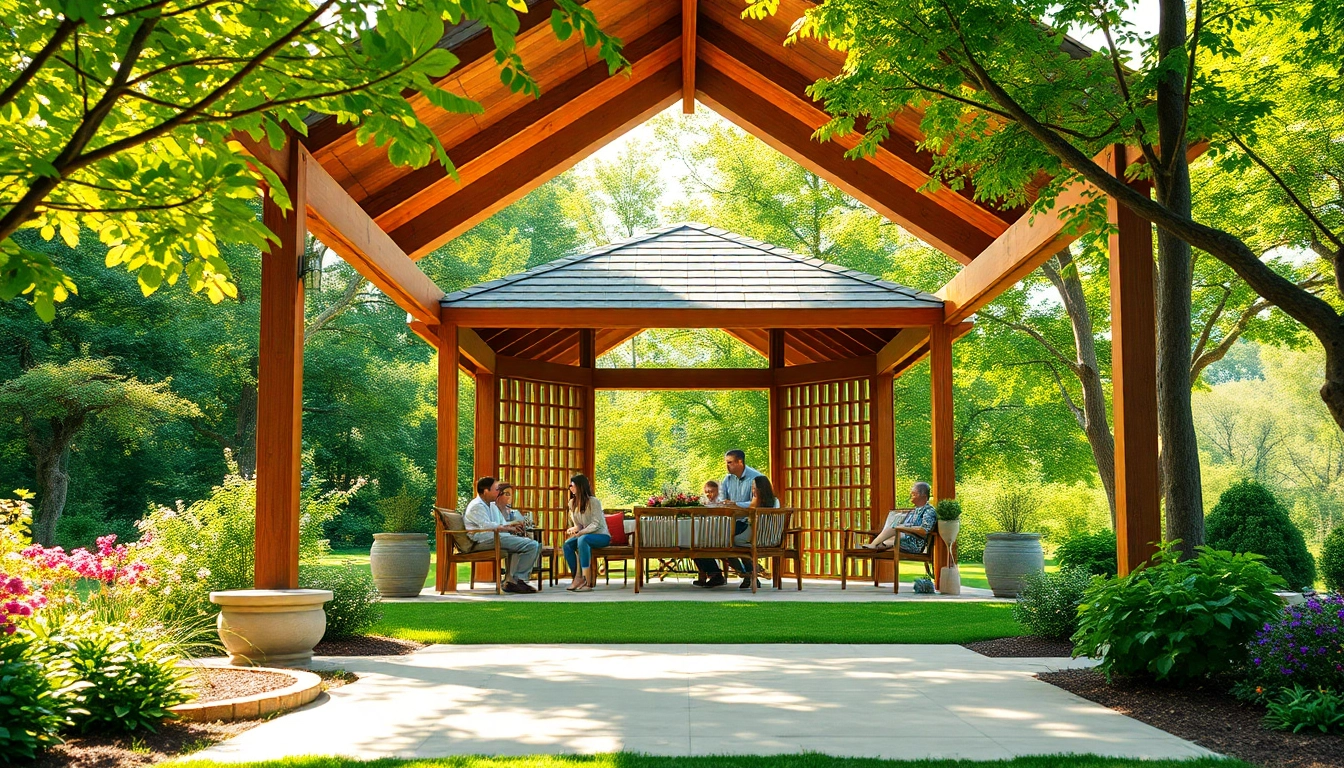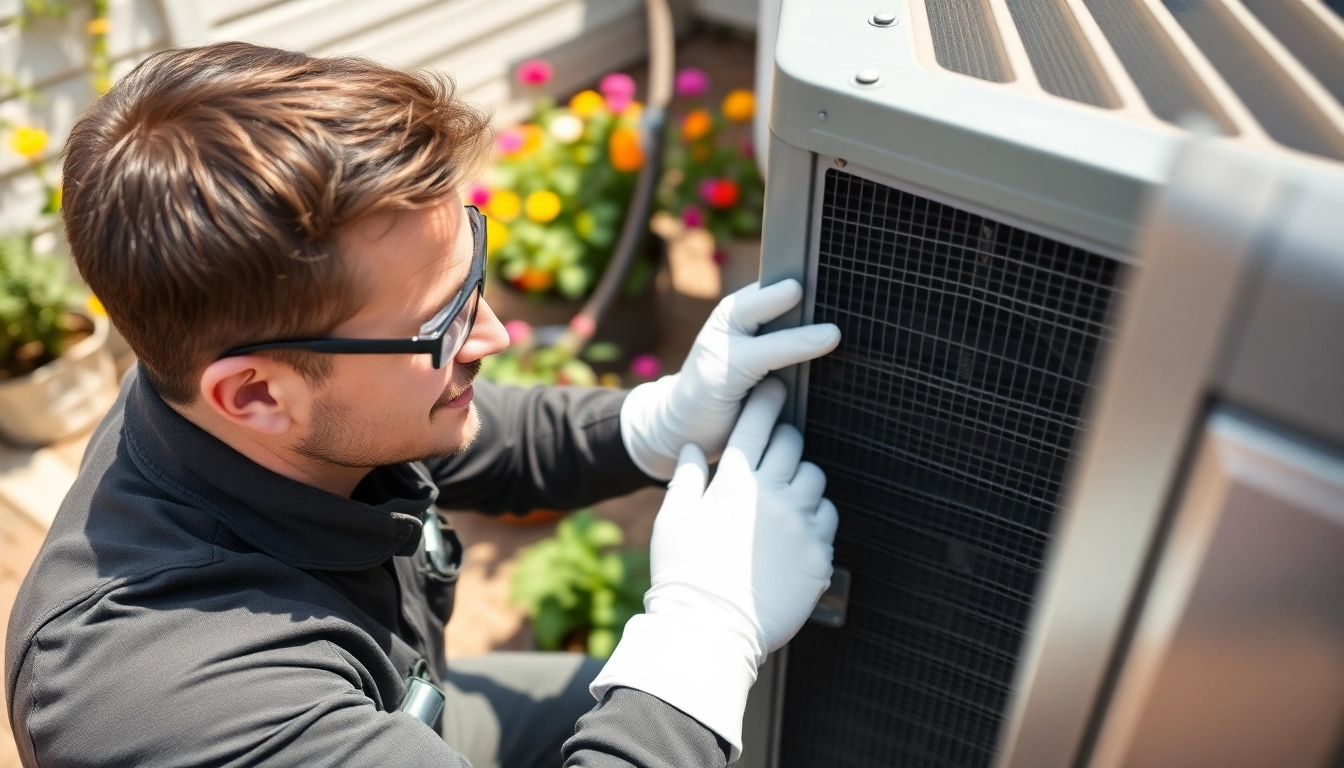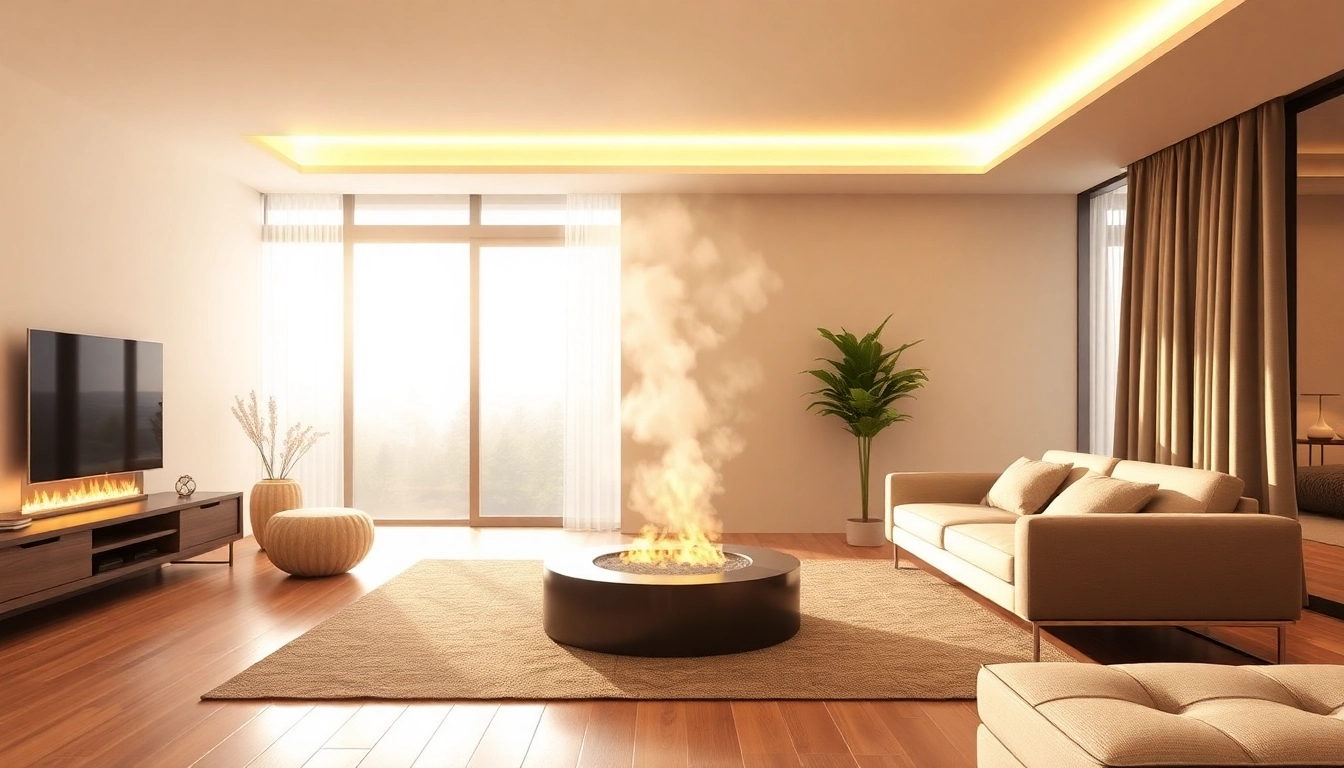Understanding the Appeal of White Kitchen Cabinets
In the realm of kitchen design, few elements boast the versatility and timelessness of white kitchen cabinets. Their popularity transcends trends and eras, making them a staple choice for homeowners seeking to create a bright and welcoming atmosphere. This article delves into the many reasons behind the enduring appeal of white kitchen cabinets, examining their aesthetic advantages, design options, and their transformative power in enhancing the perception of space.
Timeless Aesthetics
White kitchen cabinets offer a classic aesthetic that never falls out of fashion. This neutrality provides a clean and sophisticated backdrop, allowing other design elements to shine. Whether it’s a farmhouse style featuring rustic accents or a sleek modern design, white cabinets seamlessly blend into various themes. The versatility of white means it can adapt to changes in décor over the years without necessitating a complete kitchen overhaul, a quality that many homeowners find increasingly valuable.
Versatile Design Options
One of the most significant advantages of white kitchen cabinets is their versatility. They can effortlessly complement a wide range of colors and materials, making it easy to incorporate different textures, shades, and accessories. Homeowners can opt for a minimalist look with simple cabinet designs, or they can choose more ornate styles to showcase craftsmanship. Additionally, they can mix and match with colored islands or countertops, resulting in a stunning focal point in the kitchen.
Enhancing Space and Light
White cabinets can significantly impact the perception of space and light in a kitchen. Light colors reflect sunlight and artificial lighting, making a kitchen appear larger and more open. This is particularly beneficial for smaller kitchens that may otherwise feel cramped. Furthermore, the brightness of white evokes a feeling of cleanliness and freshness, which enhances the overall ambiance of the space.
Choosing the Right Style for Your Home
Selecting the right style for white kitchen cabinets involves careful consideration of your home’s architecture, your personal taste, and the functionality you require from the cabinets. There are abundant styles available, each with distinct characteristics and advantages. Understanding the differences can help in making an informed choice that aligns with both your practical needs and aesthetic preferences.
Traditional vs Contemporary White Kitchen Cabinets
When it comes to style, white kitchen cabinets can be categorized into two primary camps: traditional and contemporary. Traditional cabinets often feature intricate detailing, such as raised panel doors, decorative moldings, and a more classic finish. On the other hand, contemporary cabinets emphasize clean lines, minimalistic designs, and often utilize flat-front doors with a glossy finish. Homeowners must consider their existing décor and how these styles will harmonize with the overall design of their home.
Glossy vs Matte Finishes
The finish of white kitchen cabinets also plays a crucial role in their appearance and maintenance. Glossy finishes can lend a modern and polished look, making the space feel sleek and sophisticated. They are also easier to clean, as they can withstand stains and spills more effectively. Conversely, matte finishes offer a softer, more subdued aesthetic, which can create a warm and inviting atmosphere. However, they may require more meticulous care to avoid the appearance of smudges and fingerprints. The choice between these finishes should be made based on lifestyle, maintenance preferences, and design goals.
Open Shelving and Cabinet Combinations
In recent years, the trend of combining open shelving with traditional white kitchen cabinets has gained traction. This design approach not only makes the kitchen appear more open and airy but also provides an opportunity to showcase beautiful dishware, cookbooks, and decorative items. The key to achieving harmony in this design is to select open shelves made from materials that complement the cabinets, ensuring a cohesive look while maximizing both style and storage. This hybrid approach is particularly effective in modern and eclectic kitchens, where personal expression reigns supreme.
Maximizing Functionality with White Kitchen Cabinets
While aesthetics are essential, functionality should not be overlooked in kitchen design. White kitchen cabinets can be designed to prioritize efficiency and convenience, offering storage solutions that cater to the needs of busy households. Here are several ways to ensure that your cabinets provide both beauty and utility.
Storage Solutions and Organization
Effective storage solutions are crucial in a well-designed kitchen. White kitchen cabinets can incorporate various storage options, such as pull-out drawers, lazy Susans, and built-in dividers to keep utensils, pots, and pans organized. Consider customizing cabinets with adjustable shelves or pull-out pantry systems, which maximize space and accessibility. Functionality can greatly enhance the overall kitchen experience, allowing for smoother meal preparation and interaction.
Incorporating Technology
With advancements in technology, modern kitchens are adopting smart features that enhance cooking and organization. White kitchen cabinets can integrate with various smart devices, such as motion-activated under-cabinet lighting or built-in charging stations for mobile devices. These features not only improve the functionality of the kitchen but also provide added convenience for the homeowner. As kitchens evolve into more multifunctional spaces, it’s essential to consider how technological integration can elevate usability.
Ergonomics in Kitchen Design
Ergonomics play an integral role in making a kitchen functional and comfortable to work in. The height and depth of white kitchen cabinets should be tailored to the user’s needs to prevent strain during cooking and cleaning activities. Incorporating pull-down shelves for upper cabinets can make items more accessible, while varying countertop heights can accommodate different tasks and user preferences. A well-designed ergonomic layout can significantly improve the kitchen experience, catering to both the needs of everyday cooking and entertaining.
Maintenance Tips for White Kitchen Cabinets
While white kitchen cabinets are visually appealing, they do require a certain level of maintenance to keep them looking pristine. Understanding how to care for and protect your cabinets will ensure their longevity and reduce the risk of damage.
Cleaning and Care Best Practices
To maintain the beauty of white kitchen cabinets, regular cleaning is essential. Gentle cleaning solutions, such as warm soapy water, should be used to avoid discoloration and damage. For heavy stains, consider a baking soda and water paste, which can be applied with a soft cloth. It’s important to avoid abrasive cleaners and scrubbers that can lead to scratches on the surface. Establishing a routine for cleaning can prevent grime build-up and keep the cabinets looking new.
Preventing Stains and Damage
White cabinets are particularly susceptible to stains from food and spills. To minimize this risk, it’s wise to invest in a high-quality sealant and to promptly clean up any spills. Setting up a policy of preventative measures—such as using coasters and placemats—can also help protect cabinet surfaces from potential stains. Additionally, keeping the kitchen well-ventilated will prevent moisture accumulation, which can warp or damage cabinet materials.
Choosing Durable Materials
Not all cabinets are created equal, and the material chosen for white kitchen cabinets can significantly impact their performance and maintenance needs. Opting for finishes and materials that are resistant to scratches, heat, and moisture will extend the life of your cabinets. Popular options include hardwoods with a durable stain and moisture-resistant particleboard or MDF (medium-density fiberboard) with laminate finishes. Understanding the materials available can help homeowners make informed decisions that enhance both beauty and functionality.
Trends in White Kitchen Cabinets
As tastes in interior design evolve, so too do the trends surrounding white kitchen cabinets. Staying informed about current styles and innovations can ensure that your kitchen remains contemporary and reflective of personal style.
Current Design Trends
Today, a popular trend is the use of two-tone cabinetry, where white kitchen cabinets are paired with darker colored islands or lower cabinets. This creates visual interest and depth within the kitchen. Additionally, mixed materials, such as combining wood with traditional white cabinetry, are gaining momentum. Homeowners are also incorporating textures, such as reclaimed wood or metal accents, into their designs to create a unique look that reflects personal style.
Color Combinations that Work
While white cabinets provide a stunning base, adding color to the kitchen can elevate the overall design. Contrasting colors, such as navy blue or deep green, are popular choices for islands or accent features. Geometric patterns and bold backsplashes are also making waves in kitchen design, adding character to the space while maintaining the white cabinets as the central focus. Understanding how to pair colors effectively can create a balanced and harmonious kitchen aesthetic.
Future-Proofing Your Kitchen Design
Future-proofing involves making design choices that will remain appealing and functional for years to come. When designing with white kitchen cabinets, focus on timeless elements that can adapt to evolving trends. Neutral palettes, integrated technology, and durable materials that withstand changing tastes are crucial aspects of creating a future-proof kitchen. Additionally, flexibility in layout and design will allow for changes and renovations without complete overhauls, ensuring your space remains relevant and practical.



